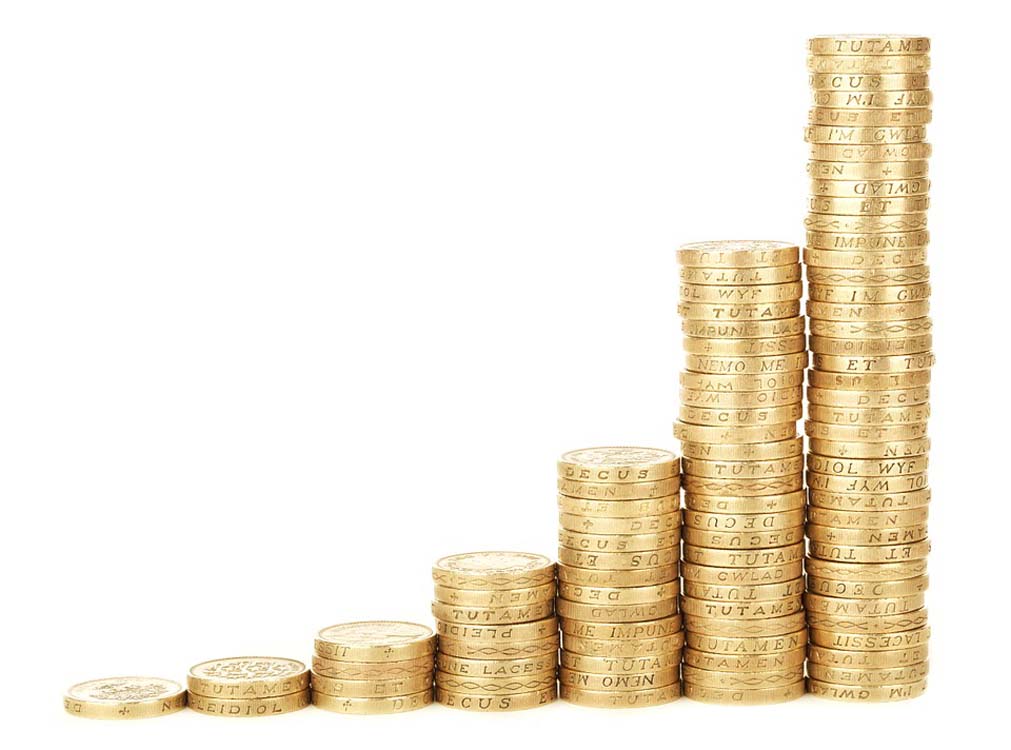Gold is a precious metal with a long and rich history. It has been used as a form of currency, jewelry, and other decorative items for centuries.
Gold is often viewed as a safe investment, as it doesn’t corrode or tarnish. Additionally, it is a good choice for people who want to protect their money from inflation or political instability.
There are a few ways to purchase gold:
– You can buy gold bullion, which is gold that is stored in bars or coins.
– You can also buy gold certificates, which are electronic representations of gold bullion.
– You can also buy gold mining stocks, which are investments in companies that mine gold.
The Benefits of Buying a Gold Loan
Gold has been around for centuries and has always been seen as a valuable asset. Even in the current economic downturn, people are still buying and selling gold. There are many reasons why people still believe in the value of gold.
One reason is that gold is a store of value. When people are faced with a difficult economic situation, they may want to protect their assets by buying gold. Gold can also be used as a form of currency. Gold is not subject to inflation, which means that it will retain its value over time.
Another benefit of gold is that it is a safe investment. Gold is not affected by economic fluctuations, which means that it can be a safe investment during times of uncertainty. Finally, gold is a valuable collector’s item. People may want to invest in gold to increase the value of their collections.
The Top 5 Reasons to Buy Gold Loan
1. Gold loans offer a secure and convenient way to invest in precious metals.
2. Gold loans are a great way to diversify your portfolio and protect your investment.
3. Gold loans are a safe and stable investment option that can provide you with consistent returns.
4. Gold loans offer a competitive interest rate that is higher than most other investment options.
5. Gold loans are a great way to create wealth over time and build a solid financial foundation.
What are the Different Types of Gold Loans?
There are different types of gold loans, and each one comes with its own set of benefits and drawbacks.
The most common type of gold loan is the bullion loan. This type of loan allows you to borrow gold bullion from a gold lender in exchange for a fixed interest rate and a loan duration of up to 12 months.
The biggest advantage of a bullion loan is that you can borrow as much gold as you need. The downside is that bullion loans are not always the most affordable option.
Another type of gold loan is the gold coin loan. This type of loan allows you to borrow gold coins from a gold lender in exchange for a fixed interest rate and a loan duration of up to 12 months.
The biggest advantage of a gold coin loan is that you can borrow a wide variety of gold coins. The downside is that coin loans are not always the most affordable option.
The final type of gold loan is the gold bullion loan plus. This type of loan allows you to borrow gold bullion and gold coins from a gold lender in exchange for a fixed interest rate and a loan duration of up to 12 months.
The biggest advantage of a gold bullion loan plus is that you can borrow a wide variety of gold coins and bullion. The downside is that the interest rate on a gold bullion loan plus may be higher than the interest rate on a bullion loan.
What are the Different Sources of Gold Loans?
Gold loan sources can come from a variety of different places. Some gold loan lenders may be institutions like banks, while others may be individuals or businesses.
Gold loan sources can also come from different countries. For example, some gold loan lenders may be based in countries like the United States, while others may be based in countries like India.
Different gold loan lenders may have different interest rates, terms, and other terms and conditions. It is important to research the terms and conditions of a gold loan before signing up for one.
What are the Different Types of Money Lenders?
There are different types of money lenders, but they all have one common goal: to help you get the money you need.
The most common type of money lender is a commercial loan lender. These lenders are typically found in big cities, and they offer loans to businesses of all sizes. They typically charge higher interest rates than other lenders, but they’re also more likely to offer you a loan that’s tailored to your needs.
Another type of money lender is a personal loan lender. These lenders are typically found in smaller cities and rural areas, and they offer loans to individuals. They typically charge lower interest rates than commercial lenders, but they may not offer you the same range of loan options.
Finally, there are payday lenders. These lenders offer short-term loans that you can use to cover expenses like rent or car repairs. They typically charge higher interest rates than other lenders, but they offer you quick access to money that you need right away.
Whatever your needs, there’s a money lender out there that can help you get the money you need. Just be sure to research different lenders and find one that’s right for you.
What are the Different Types of Gold Storage Facilities?
There are three main types of gold storage facilities: bullion, coin, and jewelry.
Bullion storage facilities hold gold in the form of bars, coins, ornaments, or other physical representations of the metal. These facilities are used to store gold that is not being used or is not immediately available for use.
Coin storage facilities hold gold in the form of coins or other negotiable instruments. These facilities are used to store gold that is being used or is immediately available for use.
Jewelry storage facilities store gold in the form of jewelry, including coins, jewelry, and other physical representations of the metal. These facilities are used to store gold that is not being used or is not immediately available for use.






